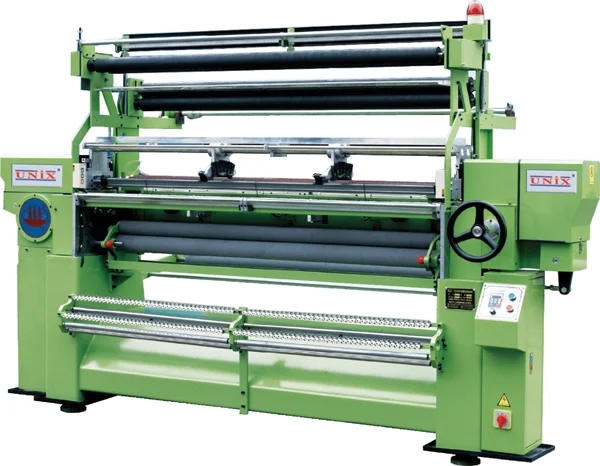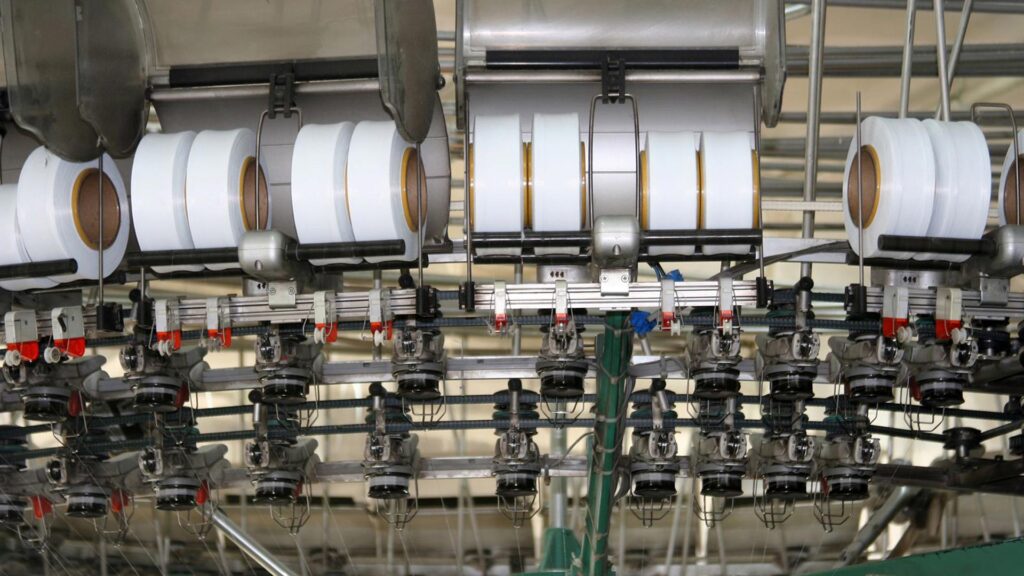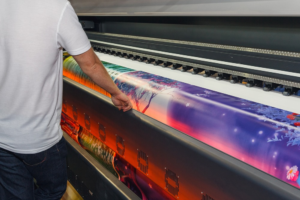In recent years, the world of textiles has seen the popularity of crochet craft rising with spreading its arms from fabrics to décor, thanks to the notable development of Crochet Machines. These machines have revolutionized the access to intricate designs on fabrics making it faster and accessible as compared to the traditional methods than before.
The meticulous processes of handmade crochet techniques have been simplified with the advent of crochet machines. They bridge the time-honoured art of crochet and contemporary manufacturing needs. In this blog, we’ll explore how these machines work and why they are becoming essential for modern textile businesses.
What is a Crochet Machine?

A crochet machine is a sophisticated device used extensively in the textile industry to produce a wide range of intricate knitted products, such as laces, bands, and decorative textiles. These machines excel in performing complex tasks like detailed and consistent patterns with remarkable speed and precision. Crochet machines can produce both elastic and non-elastic items ranging from medical bandages to fashion garments. Let’s look into the different types.
- Flat-Bed Machines: They create flat pieces like garments and blankets that are capable of creating a variety of stitches both basic and complex patterns. It can handle various fabric types like yarns, finer threads, and fibers.
- Circular Machines: These are designed to create tubular items such as socks and sleeves by working in a continuous loop. It is flexible to handle different types of yarns and fibers.
- Multi-feed machines: These allow to work with several yarns simultaneously enabling the creation of multi-coloured or textured fabrics. These are primarily used for decorative textiles and fashion pieces supporting highly customized and unique designs.
- Computerised machines: Computerised ones allow for programming and automatic execution of intricate patterns using digital controls to manage settings. It aids in the reduction of manual input due to its automated operations.
How does a crochet machine work?
1. Basic Mechanism: Core Components
Crochet machines are equipped with key components like hooks and needles, which are essential for forming the stitches to create intricate fabrics. The hooks are designed to pull the yarn through existing loops, while the needles help guide and position the yarn accurately. The yarn feed system is crucial, providing a consistent supply of yarn to the machine through spools or cones. This system ensures that the yarn is delivered smoothly and with the right tension, enabling the machine to produce high-quality fabrics.
2. Stitch Formation: Creating and Interlocking Stitches
The process of stitch formation begins with the yarn being inserted into the hooks or needles. The machine’s automated movements then pull the yarn through these components to create loops and interlock the new loops with the existing ones. This interlocking process builds up the fabric, resulting in the desired stitch pattern. The machine’s precision ensures that each stitch is formed consistently, allowing for the production of both simple and complex designs.
3. Adjustability and Programming: Customizing the Output
Modern crochet machines offer a range of adjustability features to tailor the fabric production process. Stitch size adjustment allows operators to modify the dimensions of the stitches, affecting the texture and appearance of the fabric. Tension control systems regulate how tightly the yarn is fed into the machine, ensuring consistent stitch formation and fabric quality. Additionally, computerized pattern programming enables the creation and storage of complex designs. Operators can input and modify patterns through a digital interface, allowing the machine to execute intricate stitch patterns with high precision and efficiency.
Why Do Textile Business Owners Need them?
Streamlined operations with improved performance
As compared to traditional hand crocheting, crochet machines can significantly speed up production with efficiency. One crocheted piece that can take up to hours or days is now produced in a fraction of the time enhancing the artisans’ and manufacturers’ productivity. This efficiency allows businesses to meet larger orders and tight deadlines, which is crucial in the fast-paced textile industry.Consistency and Precision
The consistency and precision with which the designs and pieces are produced is unparalleled and often challenging to achieve with handwork. This ensures that each piece meets the same quality standards and design specifications, which is important for maintaining brand reputation.Versatility and Scalability
Modern crochet machinery is equipped to handle a variety of materials to produce both elastic and non-elastic items. They can produce a wide range of patterns and stitch types, making them versatile tools for creating textile products. As a result, the output is increased without a proportional increase in costs and businesses can diversify their product offerings.Innovation and Design
Advanced crochet machines allow for automating processes as they have computerized pattern capabilities that enable experimenting with complex patterns with ease. Designers can program complex designs into the machine allowing the creation of sophisticated designs. This can lead to unique and innovative products that stand out in the market.
Reduced manual labour
Crochet machines are designed for continuous operation, meaning they can work for extended periods without interruption. Production rates can be accelerated significantly with reduced downtime. This allows workers to focus on other aspects of production, such as design or quality inspection. This can lead to more efficient use of resources and better overall productivity.
Choosing the Right Crochet Machinery
- Determine the type of products you will be producing and the material compatibility of the machine.
- Choose the machine based on the type and shape of the products you wish to create.
- Look for the machine that offers a range of stitch options and pattern customizations to accommodate different fabric requirements.
- If the machine is computer-programmed, look for one with a user-friendly interface.
- Choose scalability and versatility above anything else. It is important to consider the adaptability to future needs and growth.


